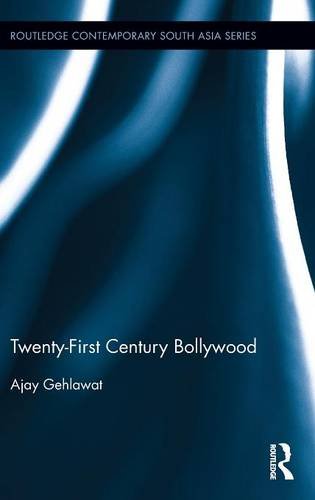

Most ebook files are in PDF format, so you can easily read them using various software such as Foxit Reader or directly on the Google Chrome browser.
Some ebook files are released by publishers in other formats such as .awz, .mobi, .epub, .fb2, etc. You may need to install specific software to read these formats on mobile/PC, such as Calibre.
Please read the tutorial at this link: https://ebookbell.com/faq
We offer FREE conversion to the popular formats you request; however, this may take some time. Therefore, right after payment, please email us, and we will try to provide the service as quickly as possible.
For some exceptional file formats or broken links (if any), please refrain from opening any disputes. Instead, email us first, and we will try to assist within a maximum of 6 hours.
EbookBell Team

4.4
62 reviewsKey changes have emerged in Bollywood in the new millennium. Twenty-First Century Bollywood traces the emerging shifts in both the content and form of Bollywood cinema and examines these new tendencies in relation to the changing dynamics of Indian culture. The book historically situates these emerging trends in relation to previous norms, and develops new, innovative paradigms for conceptualizing Bollywood in the twenty-first century.
The particular shifts in contemporary Bollywood cinema that the book examines include the changing nature of the song and dance sequence, the evolving representations of male and female sexuality, and the increasing presence of whiteness as a dominant trope in Bollywood cinema. It also focuses on the increasing presence of Bollywood in higher education courses in the West, as well as how Bollywood’s growing presence in such academic contexts illuminates the changing ways in which this cinema is consumed by Western audiences.
Shifting the focus back on the cinematic elements of contemporary films themselves, the book analyses Bollywood films by considering the film dynamics on their own terms, and related to their narrative and aesthetic usage, rather than through an analysis of large-scale industrial practices. It will be of interest to students and scholars of South Asian Studies, Film Studies, and Cultural Studies.